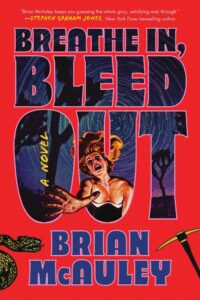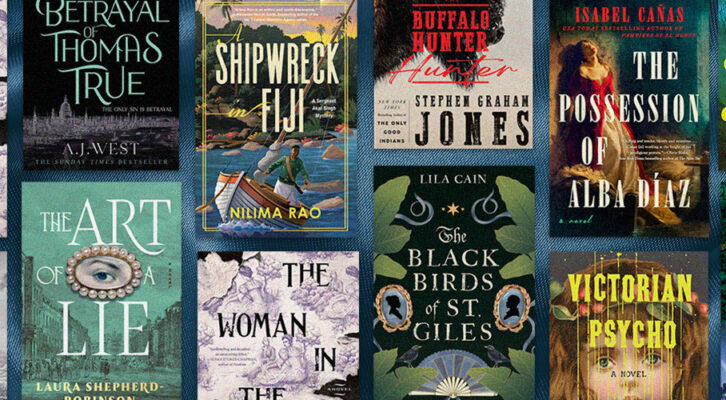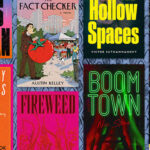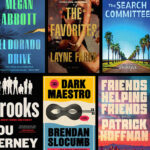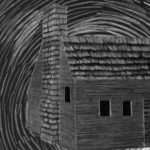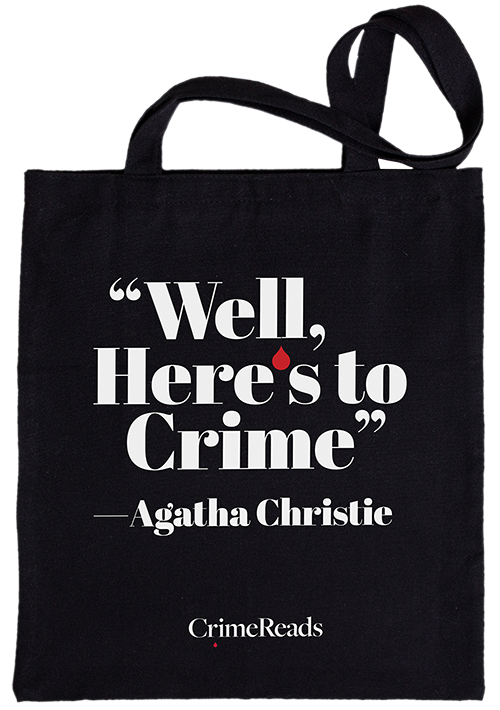Whenever someone tells me that they don’t like horror, they’re most often referring to stories about knife-wielding maniacs slicing and dicing their way through a slew of victims. In other words, the kind of stories that I write: slashers. I understand the aversion, I really do. The cinematic subgenre that thrived in the 80s frequently felt shallow at best and exploitative at worst.
But these stabby tales endure for a reason. In many ways, the slasher taps into our most primal fears. Ghosts and monsters can be dismissed as fantastical, but our fellow human beings are capable of disturbingly real horrors. So how can a slasher writer find depth behind the mask while updating tired tropes for modern times?
My newest novel Breathe In, Bleed Out employs the tried-and-true slasher setup. A group of friends travels to a remote location, only to be picked off one by one by a mysterious assailant. Sounds familiar, right? But the devil is in the details…
The Complex Final Girl
In her seminal film theory book Men, Women & Chain Saws, Carol J. Clover coined the term “final girl” to describe the sole survivor of a slasher story. The most archetypal representation of this character can be found in John Carpenter’s 1978 classic Halloween. Laurie Strode is virginal and pure, focused on schoolwork and babysitting while her two best friends are off drinking, smoking, and fornicating with boys. Those horny drunk teens are swiftly murdered by Michael Myers, but the resourceful Laurie fights off the boogeyman with knitting needles and wire hangers, earning herself a sequel in the endless battle of good vs. evil.
But puritanical punishment is so passé, and moral superiority is not a good look for the modern final girl. She’s allowed to be messy and imperfect now because that’s what makes a relatable heroine worth rooting for. At the start of Breathe In, Bleed Out, my protagonist Hannah is haunted by grief, pushing her friends away while leaning on prescription drugs and making dangerous errors at work. This final girl is no angel. She’s a human being struggling through her own personal hell, desperate for a healing escape…
A Lively Deadly Setting
The “cabin in the woods” trope is so played out that it inspired a cheekily titled 2011 meta-horror comedy: The Cabin in the Woods. But there’s a reason these remote homes and campgrounds are so central to slasher lore. If you isolate your characters from civilization and surround them with a dangerous wilderness while cranking up the close-quarters paranoia, you’ve got yourself a potent recipe for a horror story. The idea for Breathe In, Bleed actually started with the location: a tech-free wellness retreat in the Joshua Tree desert. Trade the tents for yurts and you’ve got a campground slasher for modern times. But every campfire needs a creepy local legend…
An Iconic Killer
Let’s be honest. As much as we love our badass final girls, those heroines rarely lasted more than two entries into long-running franchises like Halloween, Friday the 13th, and A Nightmare on Elm Street. It’s the charismatic killers that keep audiences coming back for more. I knew that I needed to unearth my very own Michal Myers, Jason Vorhees, or Freddy Krueger, so I dug deep into the abandoned mines of Joshua Tree and returned with Waylon Barlow. A 19th century bank robber turned gold miner with a wide-brimmed hat and a pickaxe to grind, Barlow comes complete with his own haunted backstory. But watching a chic executioner hack their way through cardboard characters gets repetitive real quick. That’s why it’s equally important for the modern slasher scribe to breathe life into those soon-to-be-bodies before they hit the floor…
Multi-Dimensional Victims
A frequent criticism of old school slasher flicks is that the one-dimensional characters are nothing more than disposable stereotypes. One of the benefits of writing fiction over film is the opportunity to flesh out these secondary characters in much more detail. By adding layers of psychological development and embracing progressive representation, you can craft a realistically modern cast while also playing with your reader’s expectations. Give them a glimpse into the interior world of your seemingly minor characters and readers won’t know who’s next on the chopping block. This also ensures that it will hit even harder when the characters they’ve grown to love (or love to hate) get picked off, ideally in some exquisitely gruesome fashion…
Creative Kills
Back in the VHS days, I would happily sit through a 90-minute slasher even if 87-minutes were tedious because 3 minutes of gloriously gooey practical effects could easily make it a classic. It’s no stretch to say that a slasher is judged by its slashing, but while the moniker implies a series of deaths by a thousand cuts, modern readers might grow weary of a “been there, stabbed that” retread. In order to avoid diminishing returns, you’ve got to get creative with your oeuvre of offings. I like to aim for quality over quantity when it comes to my kill count, but audiences still expect a steady stream of fatalities, so make sure to pace your bloodlust accordingly. That said, the real icing on the corpse cake requires digging deeper than a flesh wound. Because not all massacres have to be mindless…
Sharp Satire
If you want your slasher story to stick, it has to have something to say. That doesn’t mean getting preachy on your soapbox, but rather finding some kind of deeper resonance that encourages readers to talk about your book after they’ve turned the final page. Every element we’ve covered so far should be playing into the overall theme of your story, what Edgar Allan Poe called “the unity of effect.” In the case of Breathe In, Bleed Out, I had a lot to say about the raw experience of healing through grief and guilt. I also wanted to shine a light on the predatory wellness industry with grifting gurus who prey on vulnerable spiritual seekers. Baking some personal pain and social commentary into your story will ensure that your slasher’s blade sticks firmly in your reader’s brain.
Horror is often dismissed as lowbrow entertainment, but the true fans know that it’s always been the perfect genre for holding a dark mirror up to modern existence. Some subgenres do this more subtly than others, but slashers waste no time in cutting straight to the bone.
So take a breath and dive in. You might just discover more depth than meets the eye beneath the crimson surface of a brutal bloodbath.
____________________________


